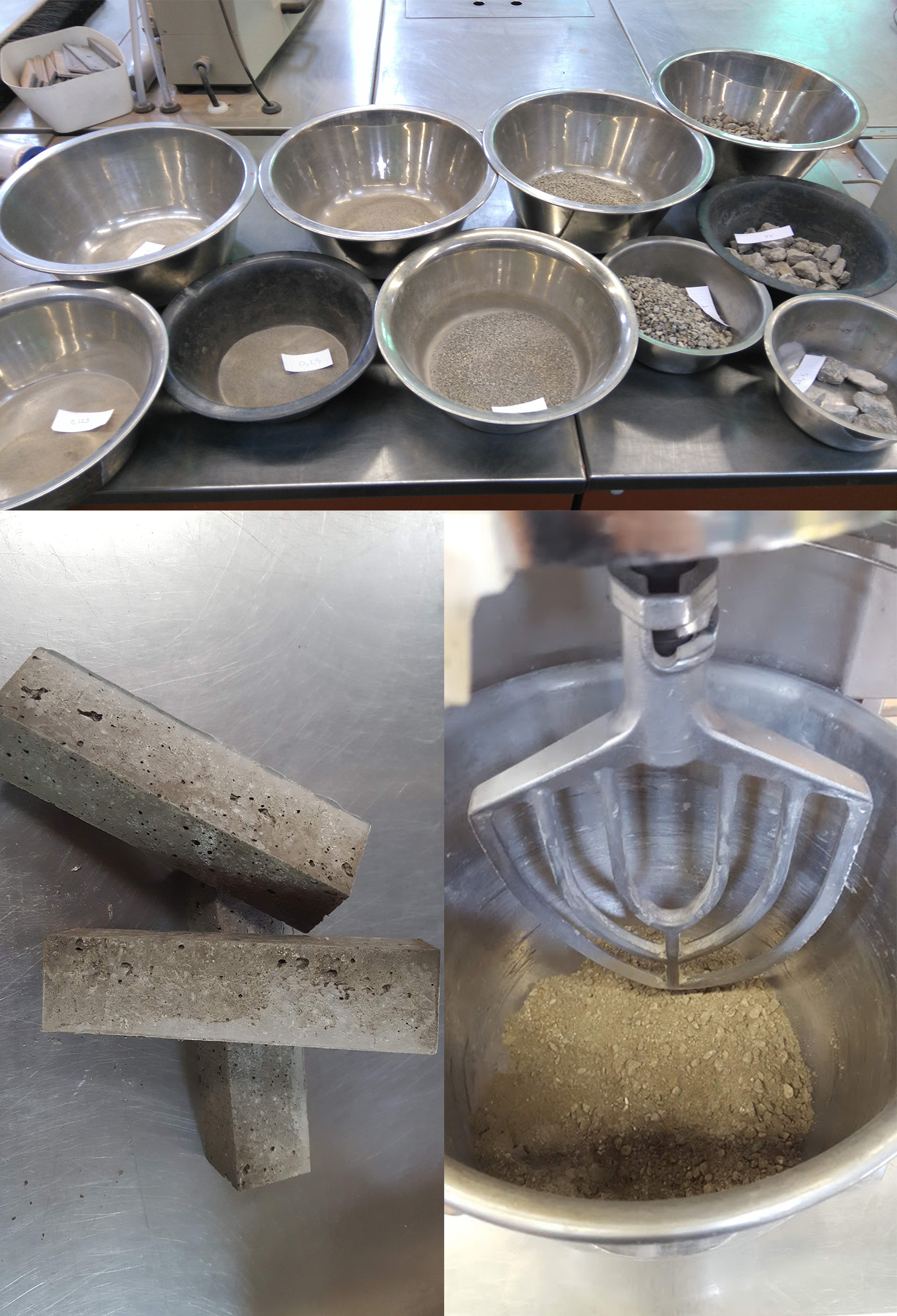by University of Luxembourg
As one of the partner universities, the University of Luxembourg is actively working on the SeRaMCo project in different aspects: (i) technical features on the design of new concrete mixtures and elements, and (ii) a continuous overview of the market situation in Luxembourg through several stakeholders. More specifically, in the technical aspect of the project (containing three different work packages), the University of Luxembourg’s role is mainly in work package 2 (developing new cement and concrete mixes for use of recycled materials) and in work package 3 (generating and implementing innovative cement and concrete products based on recycled aggregates).
Within WP2, the University of Luxembourg’s role is to design new concrete mixes made of a total substitution of recycled aggregates coming from concrete of known origins. This will be done in close collaboration with Contern S.A., one of the industrial partners of the project and one of the largest prefabricating companies in Luxembourg. The importance of this sub-objective is to identity an efficient concrete mix that would allow the use of construction demolition waste as a resource in concrete prefabricating plants. This is a key factor in reducing the waste volume as well as preserving the raw materials. In addition, the concrete waste generally comes from test specimen or production surplus, i.e its quality is known and verified by the company. Practical tests for this work package have already started in the Laboratory of Solid Structures at the University of Luxembourg (see Figure 1), where a first mixture has been designed. The recycled material, supplied by Contern, comes from the crushing of their drainage pipes (a high-quality concrete), making this material ideal for recycling. After preparing the aggregates and performing sieving tests to assess their gradation and obtain aggregates of different granulometry, several mixes are being produced to reach an optimized concrete formulation in terms of workability, water content and porosity. The material properties of the concrete made of recycled aggregates will be evaluated in July and August 2018. In addition, the University of Luxembourg proposed a new numerical model to predict the mechanical behavior of concrete materials based on the analysis of its early-age behavior (cement hydration, age effects, shrinkage…). The proposed methodologies allow us to evaluate the durability of designed materials, including the effects of shrinkage, creep and risk of cracking, which are the most critical points for recycled materials. An approach based on the combination of numerical simulation and experiment will be proposed within the context of this work package. The delivered method is expected to design the best mixes for recycled concrete.

